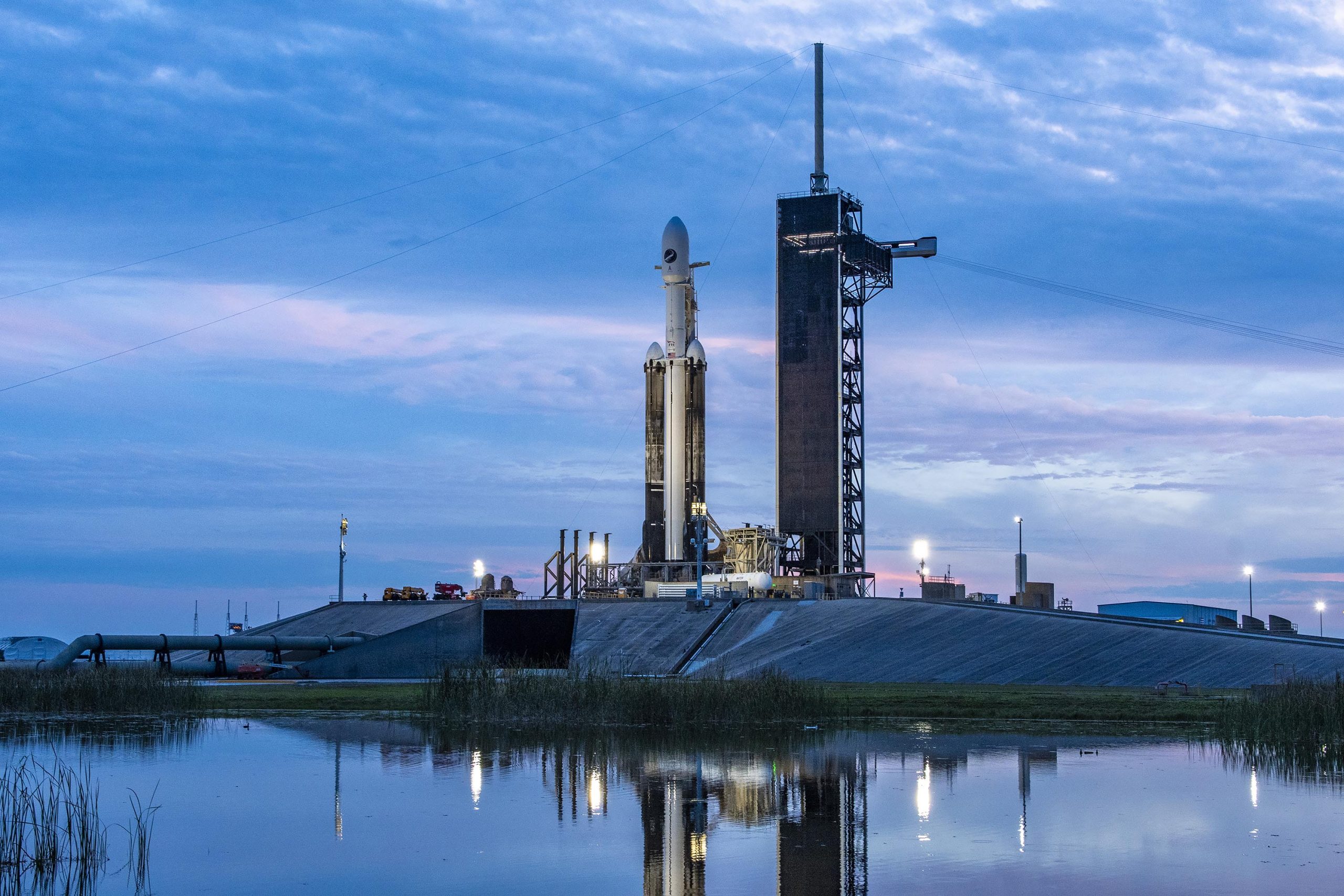Tech
Space Force Taps SpaceX for More NSSL Launches

SpaceX secured more orders for Phase 3 launches under the National Security Space Launch program, the first provider to do so, even as the Space Force continues its push to increase its launch options.
Space Systems Command awarded two task orders to SpaceX Oct. 18, covering seven launches for the Space Development Agency’s data transport satellites and an undisclosed number of launches for the secretive National Reconnaissance Office.
SpaceX is one of three companies selected for “Lane 1” of NSSL’s third phase, conceived as commercial-like missions carrying a higher tolerance for risk. But the other two—United Launch Alliance and Blue Origin—are still certifying their new rockets for NSSL requirements. That leaves SpaceX’s Falcon 9 and Falcon Heavy rockets as the only proven workhorses, which is why SpaceX accounted for 90 percent of U.S. launches in 2023.
“We are excited to kick off our innovative NSSL Phase 3 Lane 1 effort with two task orders that support critical NRO and SDA missions,” said Lt. Col. Douglas Downs, SSC’s materiel leader for Space Launch Procurement. “Industry stepped up to the plate and delivered on this competition.”
ULA and Blue Origin did compete for the task orders, SSC officials said, even though their rockets have not yet been certified. The task order covers missions that are still months away—the NRO launch window will run from summer 2025 to summer 2026 and the SDA launches, timed for 2026, are to send into orbit Tranche 2 of its proliferated low-Earth orbit constellation.
“In this era of Great Power Competition, it is imperative to not leave capability on the ground,” Brig. Gen. Kristin Panzenhagen, program executive officer for Assured Access to Space, said in a statement. “The Phase 3 Lane 1 construct allows us to execute launch services more quickly for the more risk-tolerant payloads, putting more capabilities on orbit faster in order to support national security.”
In its release, SSC continued to stress the importance of competition for launch, noting that more providers will be able to compete for Lane 1 with an “on-ramp” opening up later this year. More task orders are expected after that in the spring of 2025. All told, Lane 1 is expected to include at least 30 missions.
Nine other potential launch providers are part of the Space Force’s Orbital Services Program-4, meant for fast-turnaround launches and small payloads. Firefly Aerospace, Astra Space, and Rocket Lab have all launched military satellites before.
SSC plans contract awards for Lane 2 launches, as well, comprising critical missions with low tolerance for risk. Panzenhagen told reporters last month that the command anticipates making three contract awards before the end of the year, but without a new budget from Congress, those awards are likely to be delayed.










